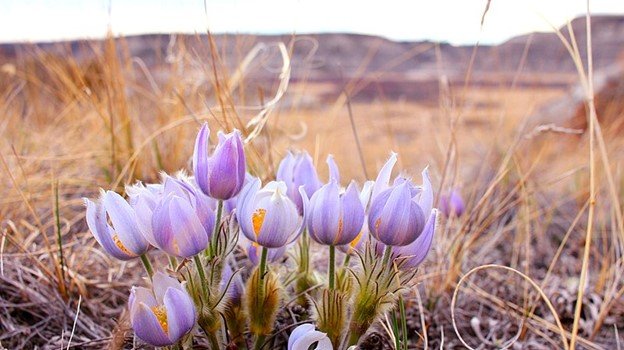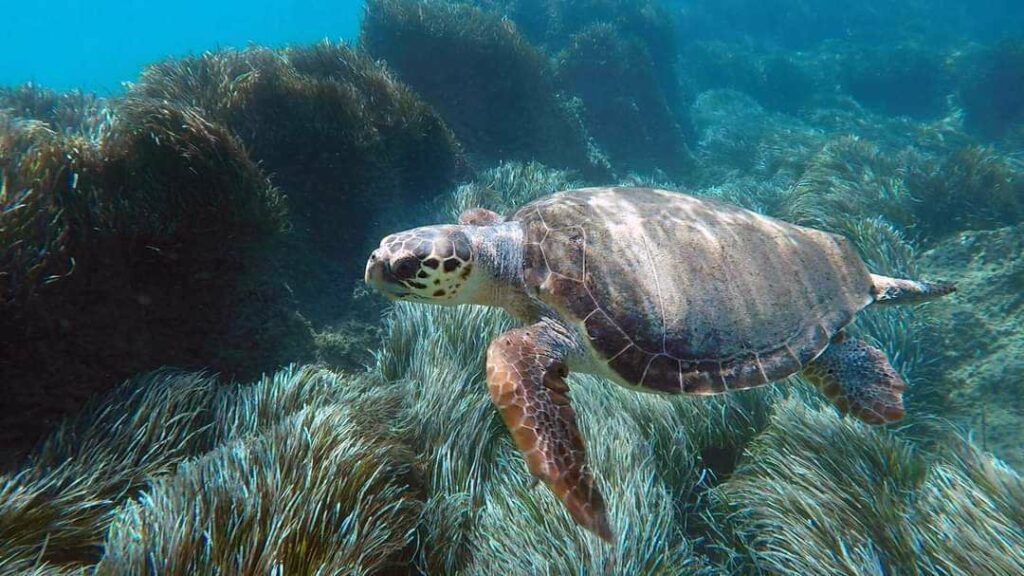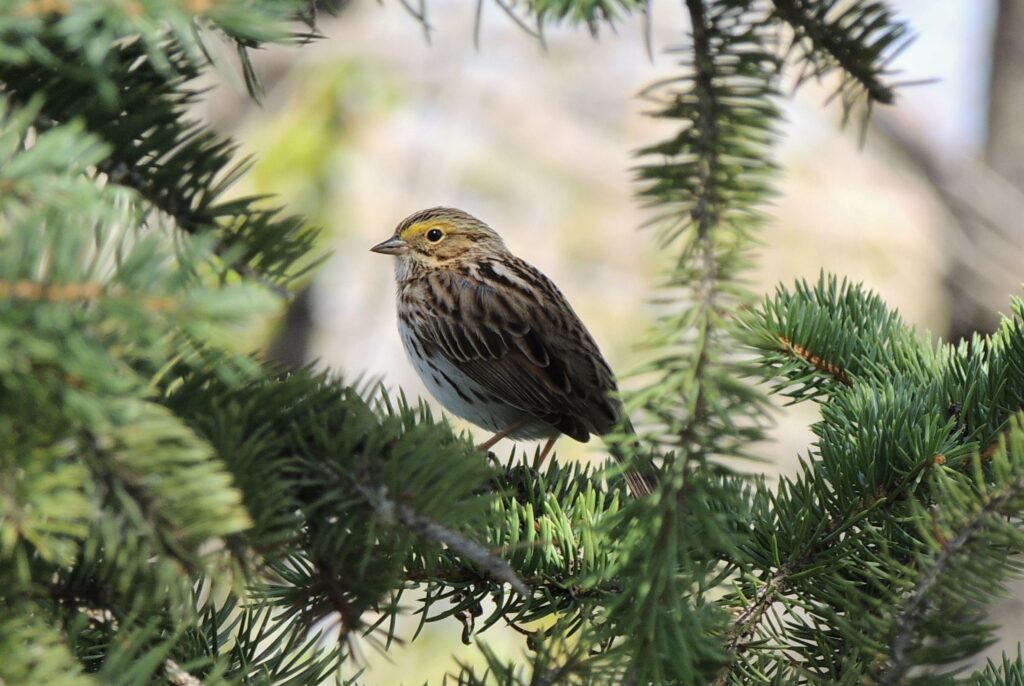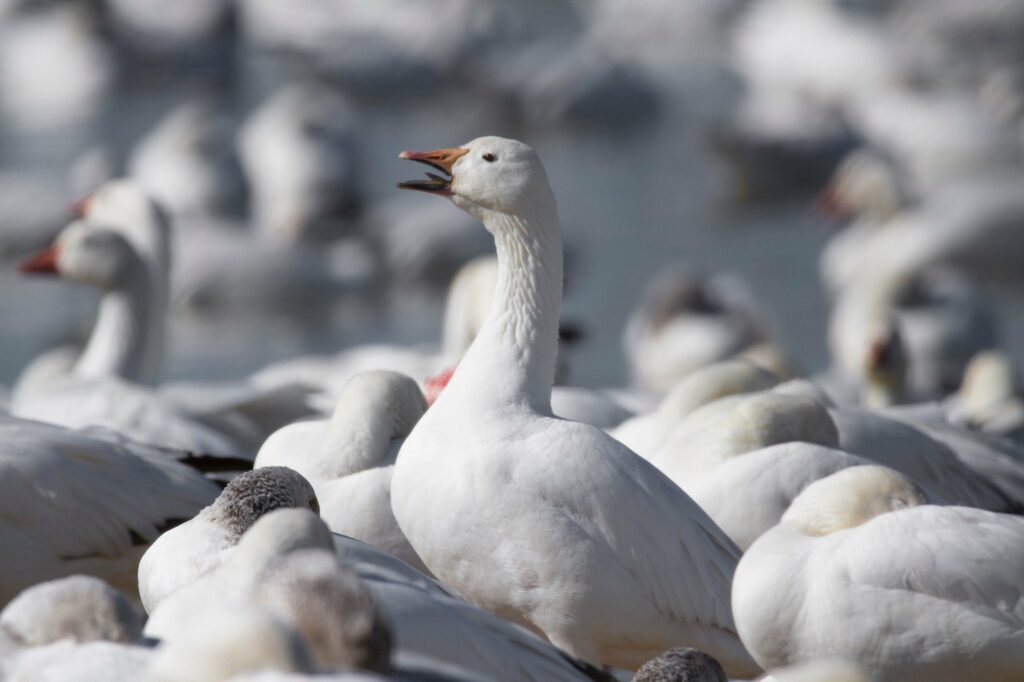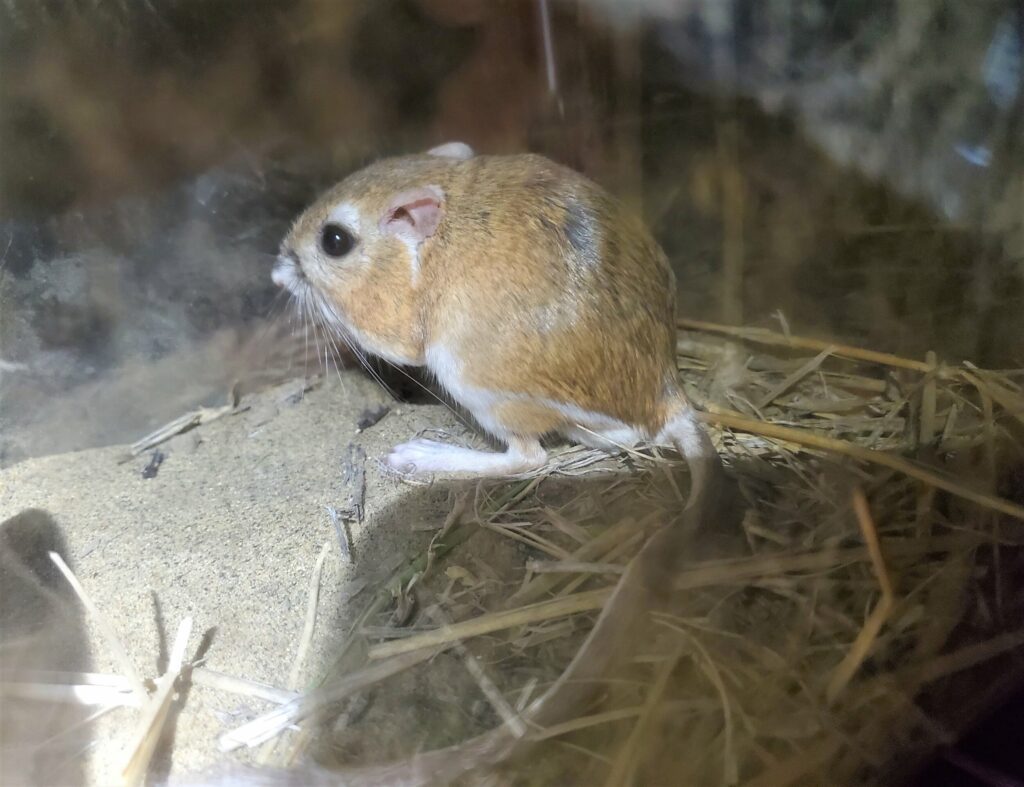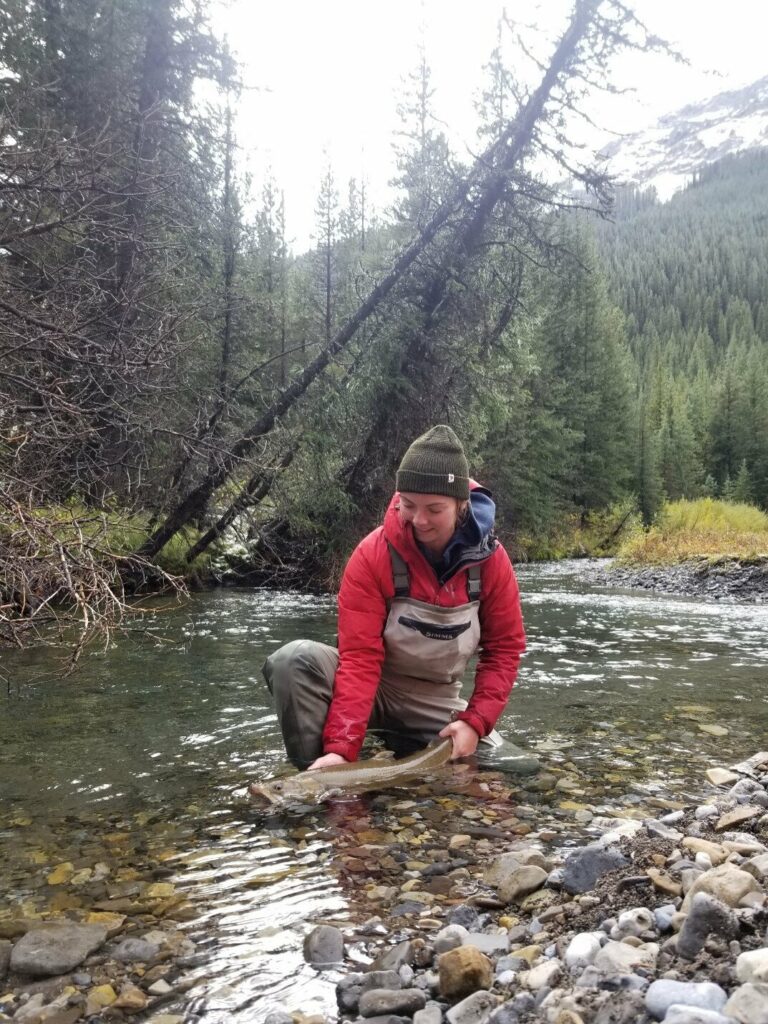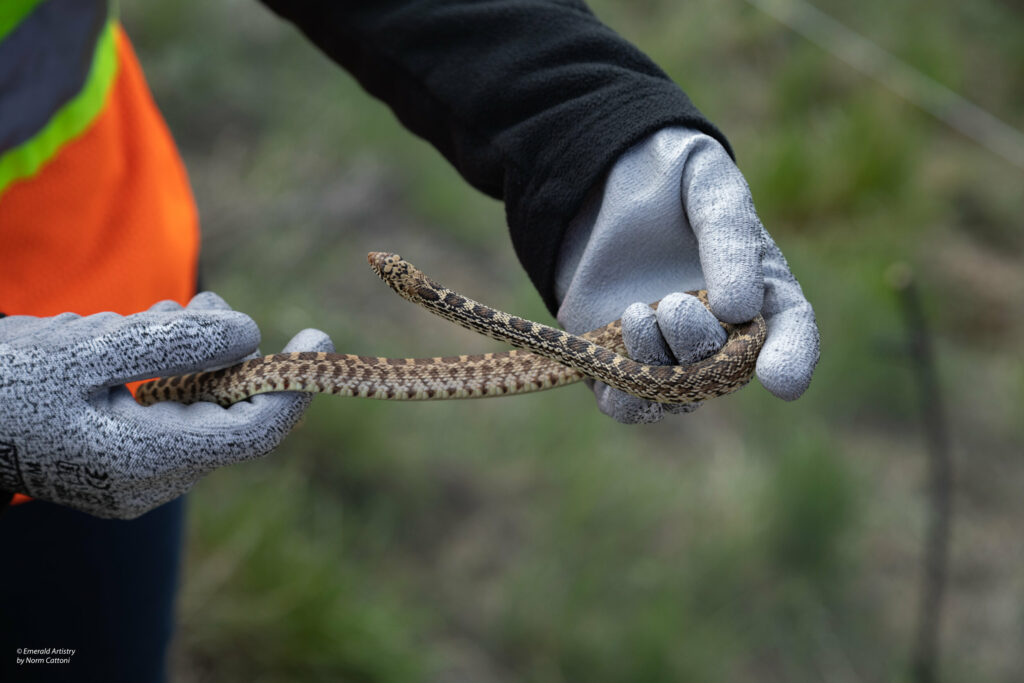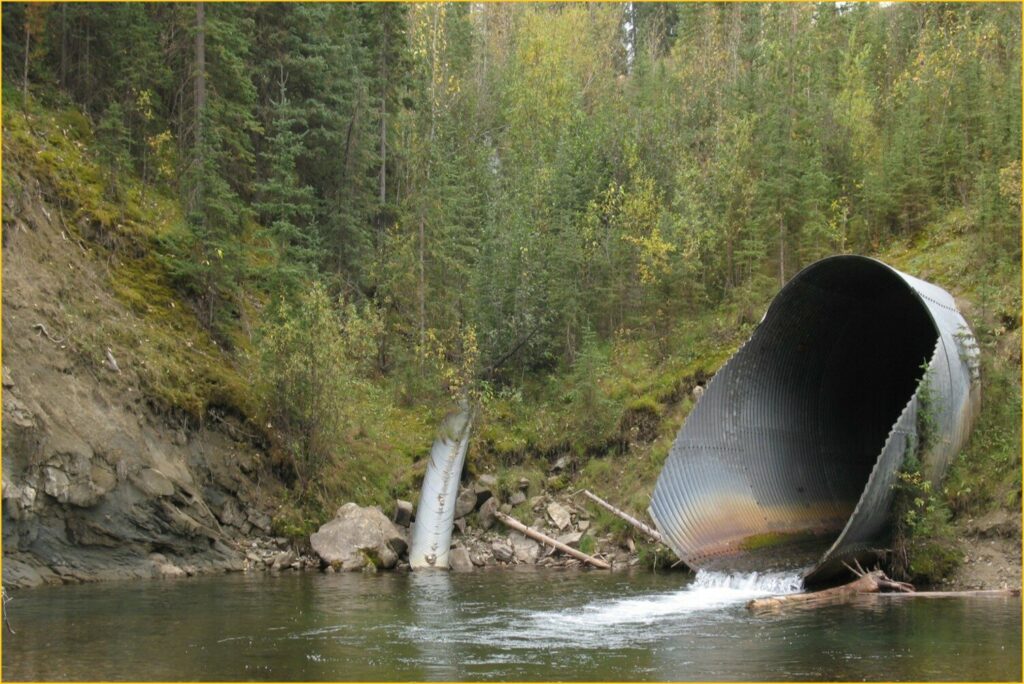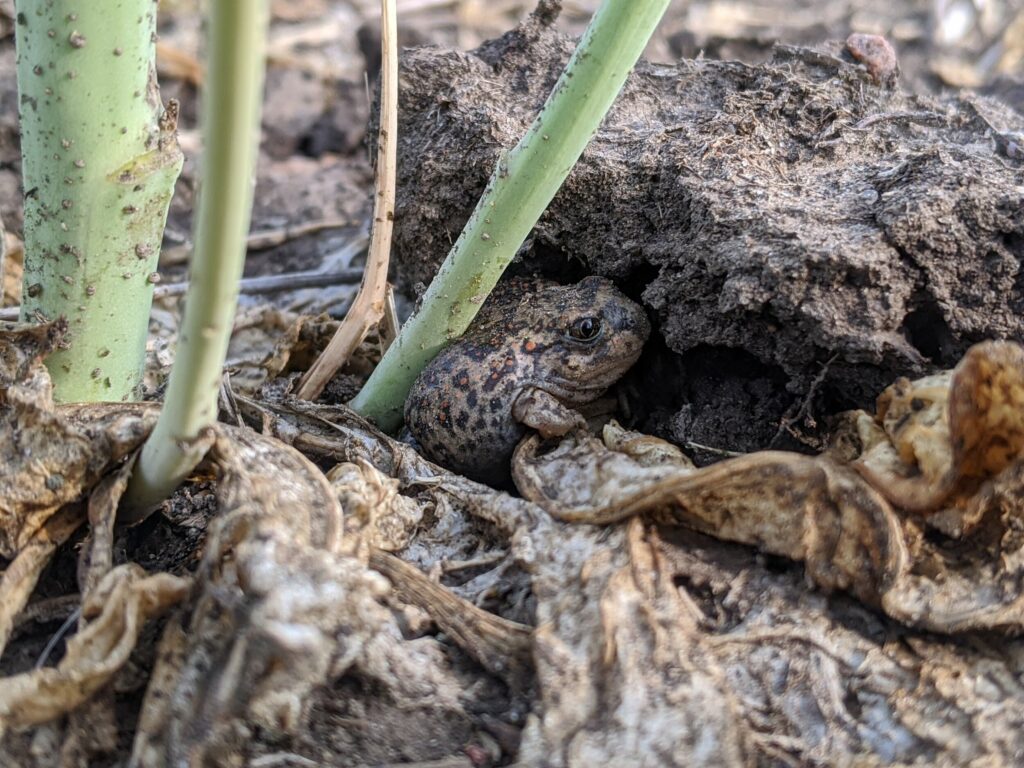BONEFISH! TWELVE O’CLOCK!
AJM’s Fisheries Biologist, Hillary Keyes, recounts her recent adventures in Belize.
The past few years in the month of March, you would have found me on a frozen Alberta lake with a tiny rod, jigging for any of our resident trout species or yellow perch, sometimes with a tip-up baited for northern pike nearby. It’s the last real month of ice fishing before the ice breaks away, opening creeks and rivers that weave down our Eastern Slopes, marking the beginning of spring fly fishing season.

